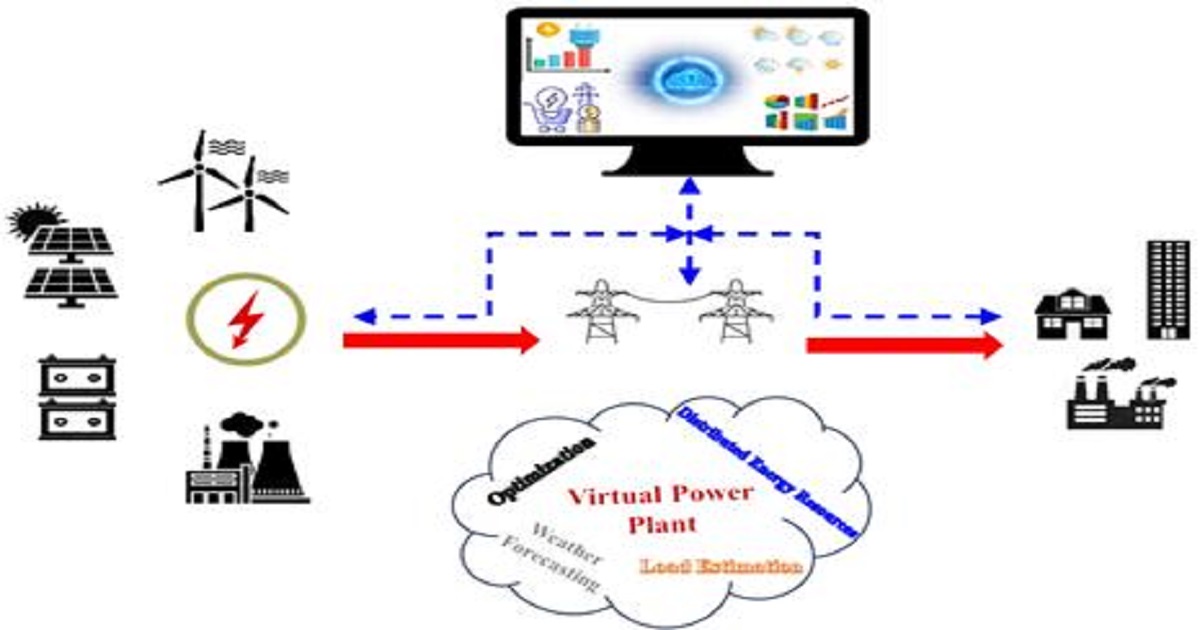New Trends in Energy, Climate and Environmental Research
A special issue of Energies (ISSN 1996-1073). This special issue belongs to the section "B: Energy and Environment".
Deadline for manuscript submissions: closed (19 March 2025) | Viewed by 16884

Special Issue Editors
Interests: energy economics; innovation; productivity and efficiency analysis
Special Issues, Collections and Topics in MDPI journals
Interests: energy system modeling; techno-economic analysis of energy system
Special Issues, Collections and Topics in MDPI journals
Special Issue Information
Dear Colleagues,
Adopted in 2015, the Paris Agreement covers approaches to adapt and mitigate the risks and impacts of climate change in societies. Policymakers, corporate leaders, researchers, and people in society have recognized, more than ever, the common concerns of environmental protection and discussed the necessary measures for future sustainability. In response, many countries stipulated carbon neutrality by 2050 in law or announced in public that it should be achieved. To reduce greenhouse gas (GHG) emissions effectively, it is crucial to explore new technologies and deploy them in society. These include renewable energy technologies, such as solar, photovoltaic (PV), and wind power generation, storage, and hydrogen, which are promising measures for a sustainable society in the future. Meanwhile, large-scale deployment of renewable energy sources raises concerns about the coupling of their intermittent power with the current power grid systems. The digitalization of the power system is a promising approach to alleviate the stated concerns. The penetration of virtual power plants (VPPs), the Internet of Things (IoT), and vehicle-to-grid (V2G) technologies into the power system paves the way to delivering flexible electric power in the digital power system. In addition to these power generation technologies, a digital power system requires an intelligent control system, an optimization module, and load and weather forecasting modules to make this system as smart as possible.
This Special Issue aims to present the future picture of smart power systems and their management by relying on distributed energy resources (DERs) and information technologies.
Topics of interest for publication include, but are not limited to:
- Power system digitalization.
- Virtual power plants.
- VPP and artificial intelligence (AI)/information technologies (ITs).
- Distributed energy resources.
- Electric vehicle (EV) installation and grid control.
- Vehicle to grid (V2G) technology and power distribution systems.
- Forecasting methods for renewable power generations.
Prof. Dr. Mika Goto
Dr. Reza Nadimi
Guest Editors
Manuscript Submission Information
Manuscripts should be submitted online at www.mdpi.com by registering and logging in to this website. Once you are registered, click here to go to the submission form. Manuscripts can be submitted until the deadline. All submissions that pass pre-check are peer-reviewed. Accepted papers will be published continuously in the journal (as soon as accepted) and will be listed together on the special issue website. Research articles, review articles as well as short communications are invited. For planned papers, a title and short abstract (about 250 words) can be sent to the Editorial Office for assessment.
Submitted manuscripts should not have been published previously, nor be under consideration for publication elsewhere (except conference proceedings papers). All manuscripts are thoroughly refereed through a single-blind peer-review process. A guide for authors and other relevant information for submission of manuscripts is available on the Instructions for Authors page. Energies is an international peer-reviewed open access semimonthly journal published by MDPI.
Please visit the Instructions for Authors page before submitting a manuscript. The Article Processing Charge (APC) for publication in this open access journal is 2600 CHF (Swiss Francs). Submitted papers should be well formatted and use good English. Authors may use MDPI's English editing service prior to publication or during author revisions.
Keywords
- digital power system
- virtual power plant
- distributed energy resources
- vehicle-to-grid
- renewable energy forecasting methods
Benefits of Publishing in a Special Issue
- Ease of navigation: Grouping papers by topic helps scholars navigate broad scope journals more efficiently.
- Greater discoverability: Special Issues support the reach and impact of scientific research. Articles in Special Issues are more discoverable and cited more frequently.
- Expansion of research network: Special Issues facilitate connections among authors, fostering scientific collaborations.
- External promotion: Articles in Special Issues are often promoted through the journal's social media, increasing their visibility.
- Reprint: MDPI Books provides the opportunity to republish successful Special Issues in book format, both online and in print.
Further information on MDPI's Special Issue policies can be found here.






